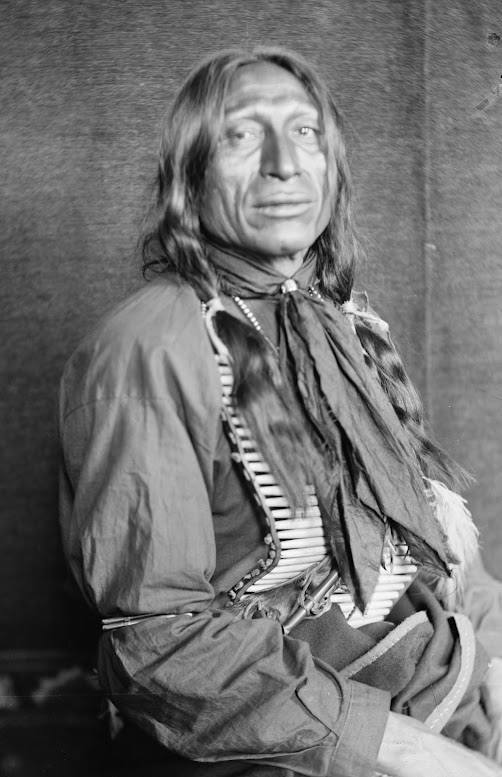Photography Appreciation
Born on May 18, 1852 in Fort Des Moines (now Des Moines, Iowa), Gertrude Käsebier was an American photographer known for portraits of Native Americans, and images of motherhood. She is considered a pioneer as an influential photographer who redefined the possibilities of portraiture and help shape the direction of modern photography.
From a young age, Gertrude had a fascination towards pictures. As written by Lori Oden for International Photography Hall of Fame and Museum, she mentioned how her mother wished Gertrude would take up piano but saw no avail, "she would often see Gertrude on one knee on the floor viewing the painting through her small hands, telescope-like, talking to herself meanwhile, asking herself if it would ever be possible for her to make such a picture... Gertrude would even attempt to draw with water that had been spilled on the floor."
It wasn't until 1874 when she met Eduard Käsebier, an importer from an aristocratic German family, when she was able to pursue her career in the arts. Originally, she wanted to be a portrait painter and enrolled in the Pratt Institute from 1889 to 1893. By 1894, Käsebier was heavily involved with photography in addition to her painting and drawing.
Beverly W. Brannan, a curator described that Gertrude wanted to be associated with fine art and the upper class, but enjoyed the relatively déclassé technical art of photography. She points out that Gertrude wanted to make a living, something that received criticism, especially from fine arts photographer Alfred Stieglitz for "sacrificing art to commerce."
From about 1898 until 1912, Gertrude, like Stieglitz, embraced the principals of the Pictorialist movement, which aimed to elevate photography to the level of fine art. Although Stieglitz praised Gertrude for her portrait photography, he made it clear to "draw a distinct line between artistic pictures and every other form of photography."
As a female photographer in a predominantly male-dominated field, Gertrude faced numerous challenges and obstacles throughout her career. However, she never allowed societal expectations to limit her creative expression. Her legacy as an artist and educator lives on through the profound influence she had on those she taught and inspired.
Sources:
Wikipedia
https://iphf.org/inductees/gertrude-kasebier/
https://www.museoreinasofia.es/en/collection/artwork/picture-book
https://www.loc.gov/rr/print/coll/womphotoj/kasebieressay.html



No comments:
Post a Comment